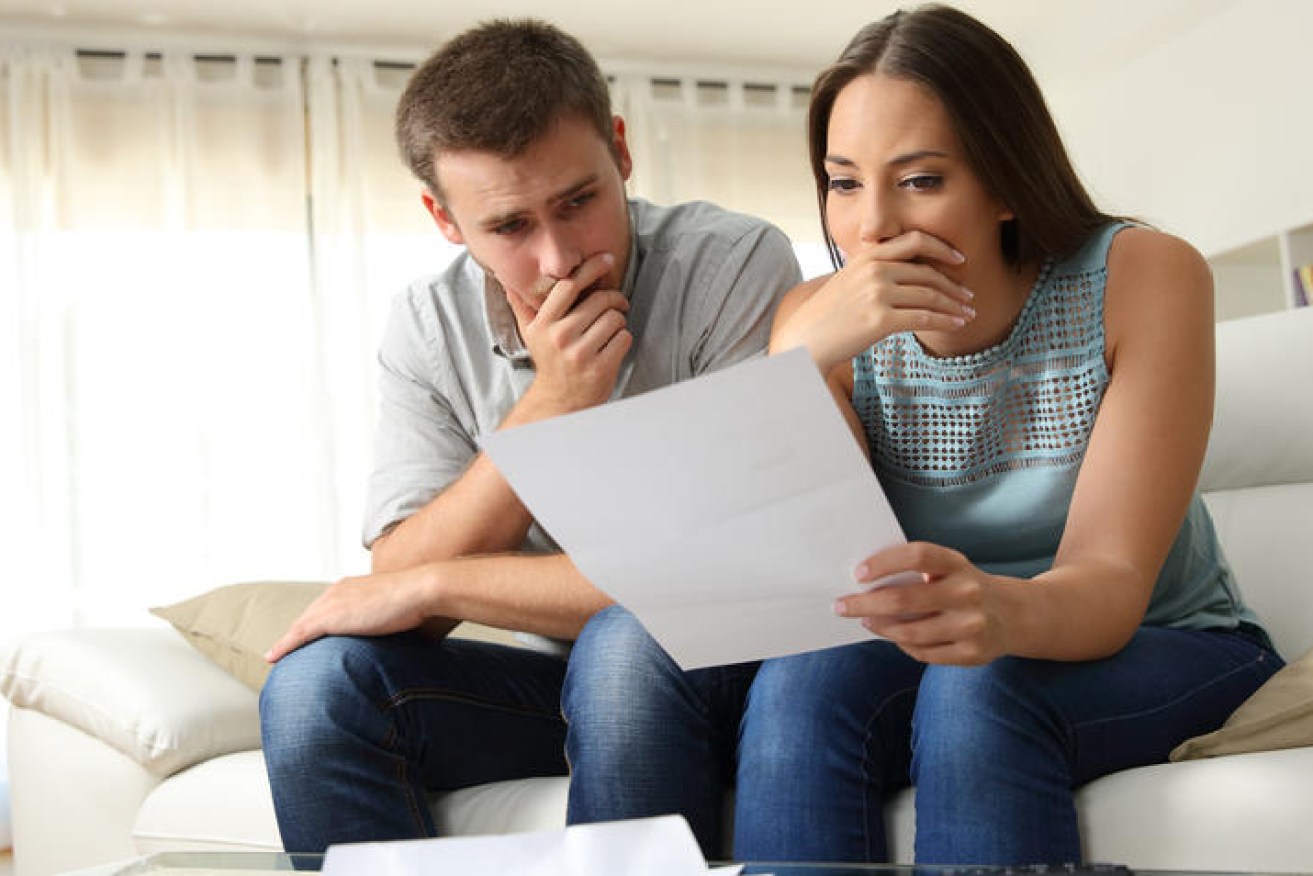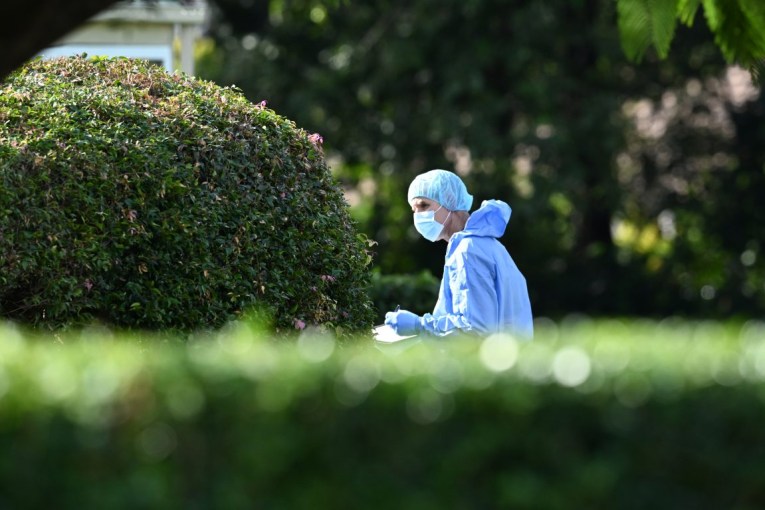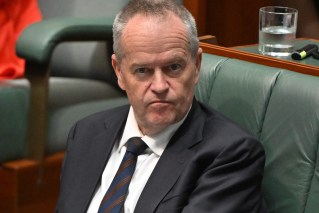Greens throw a wet blanket over government’s ‘Help to Buy’ shared equity scheme
A new plan to help aspiring homeowners crack into the housing market with as little as a two per cent deposit is on shaky ground as Australians struggle to secure houses.

The Help to Buy scheme will mean that couples will have to raise as little as two per cent of a deposit. (AAP)
The Greens have come out against the Help to Buy shared equity scheme where the government would contribute up to 40 per cent of the value of a home for a new property or 30 per cent for an existing one.
Home buyers would then be able to contribute as little as two per cent for a deposit.
The Greens will vote against the bill in the lower house, where Labor has the numbers to pass the legislation, and have reserved their position in the Senate where they hold the balance of power.
The party’s housing spokesman Max Chandler-Mather argued the scheme would push up property prices and has called for changes to tax breaks such as negative gearing, a rent freeze and more investment in social housing.
Labor has indicated the first two are non-starters but the Greens are still pushing the changes.
“It shouldn’t be the case that a first-time buyer at an auction loses to a property investor who gets massive tax handouts,” Mr Chandler-Mather told reporters in Canberra on Monday.
Grandfathering changes to negative gearing so current investors don’t lose out was one option in phasing out the tax break but the party was open to discussions about the path forward, leader Adam Bandt said.
This was evident in the sharp hike in Queensland’s stamp duty more than 12 years ago, new research showed.
The 2011 case study shows how stamp duty, a one-off levy paid by the buyer to state governments when purchasing a property, restricts job and housing mobility, economic think tank e61 Institute and real estate data firm Proptrack said.
The Queensland government announced it would remove a stamp duty concession in a budget speech in August 2011, effectively doubling the tax hit.
Although there was a burst of home buying activity initially, it then dropped sharply and stayed low for a year, institute research manager Nick Garvin said.
The volume of home purchases in Queensland sunk 7.2 per cent after the state’s stamp duty was increased, the researchers found.
Mobility was also affected, with roughly 20,000 fewer people moving house than in the year before, a fall of nine per cent.
In July 2012, the concession was reinstated with a change of government, taking the rates back to similar levels as before August 2011.
Stamp duty prevented people moving and downsizing, and possibility even changing jobs, Dr Garvin said.
The Queensland case served as a “stark example” of the impact of stamp duty.
In the context of sluggish productivity growth and a housing undersupply, Dr Garvin said removing barriers to job and housing mobility was critical.
Research released by the duo earlier this month found the tax was up to six times more expensive than it was a generation ago.
In Melbourne, stamp duty on a median-priced home is about $44,500, or six months of post-tax income for average full-time workers.
That is an increase of more than six-fold compared with four decades ago and the biggest leap of any capital city.
Stamp duty was a significant upfront cost for buyers, PropTrack senior economist Angus Moore said.
Bracket creep, where increasing incomes are captured by higher tax thresholds, had an impact, with increased home prices being captured at higher tax rates, he said.
This means more people are being slugged with higher duties as most brackets were the same as a decade ago, he said.
The research supported the case for removing or replacing stamp duty, Dr Garvin said.












